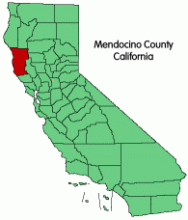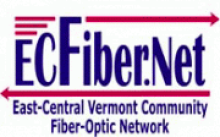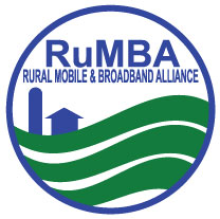Small Town Volunteers in Massachusetts Begin Pole Inventory
Volunteers in Shutesbury will fan out this weekend to perform a "pole inventory blitz" reports the GazetteNet.com. The town of approximately 1,800 people sits near Leverett and faces many of the same difficulties with connectivity.
Shutesbury and Leverett were working together a few years ago hoping to develop a solution to bring infrastructure to both communities. The two communities approached Verizon and Comcast asking for better connectivity, but their requests led to nothing. Eventually, Leverett became frustrated and broke out on their own. They are now deploying their own fiber network.
One of the first steps in determining the feasibility and costs to deploy a fiber network is accurately evaluating assets. Many local communities do not have an up-to-date inventory of utility poles or what entities own those poles. In Lake County, Minnesota, Frontier Communications asserted ownership of utility poles in the town of Two Harbors after fiber had been strung on those poles. Unfortunately, the county's records had not been revisited in some time and Frontier was able to produce records put ownership in question. The project was significantly delayed; planners eventually moved more fiber underground to avoid many of those poles. Pole inventories and due diligence, as in Shutesbury, help avoid delays and unanticipated cost increases. (Read all about Lake County's project in our recent report, All Hands on Deck: Minnesota Local Government Models For Exanding Fiber Internet Access)









